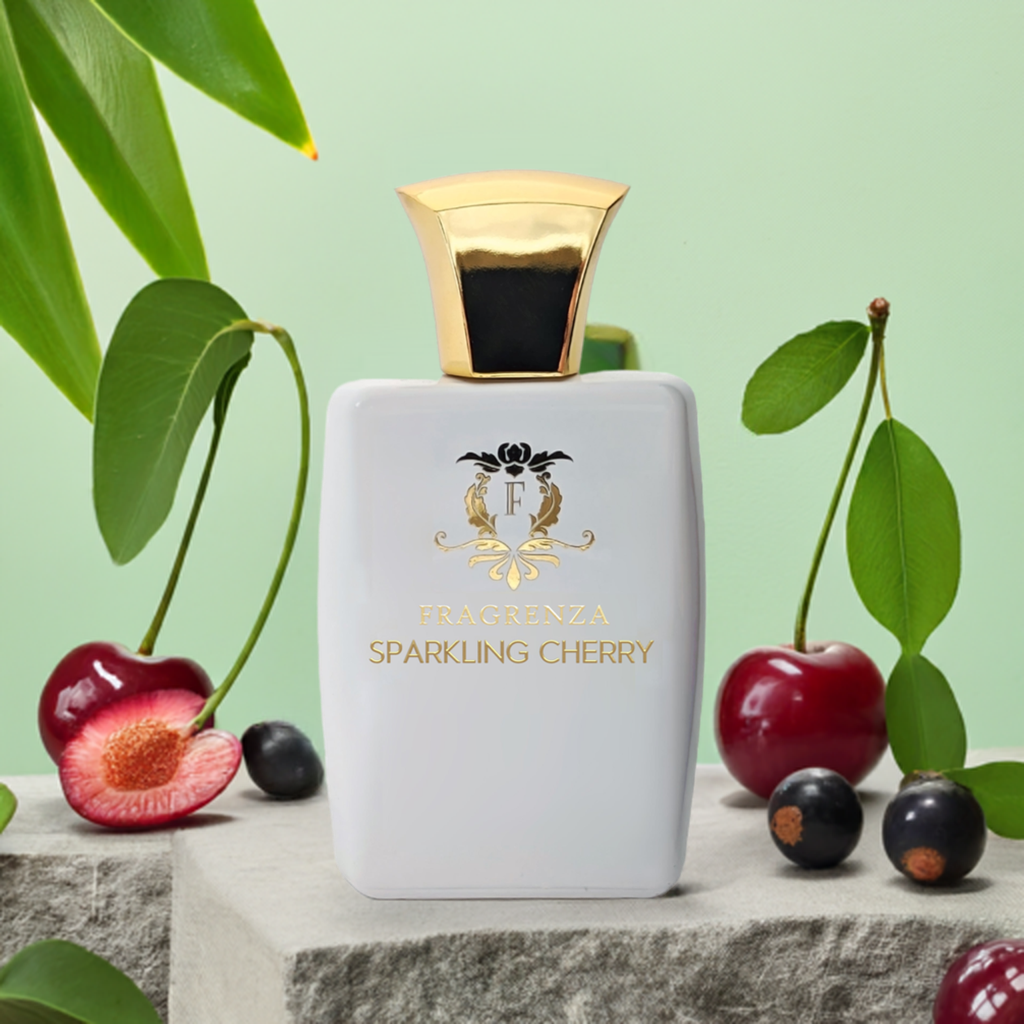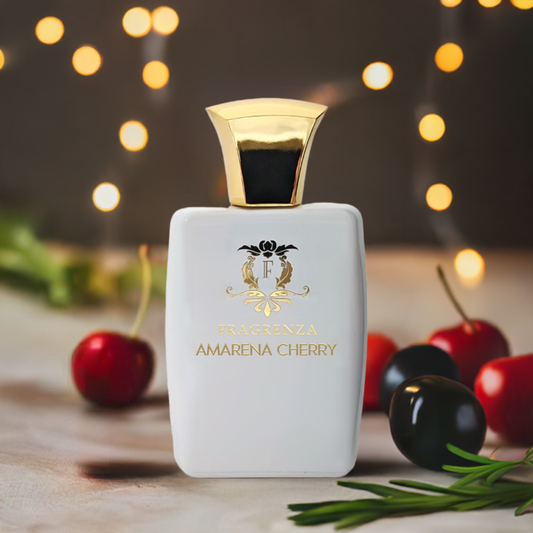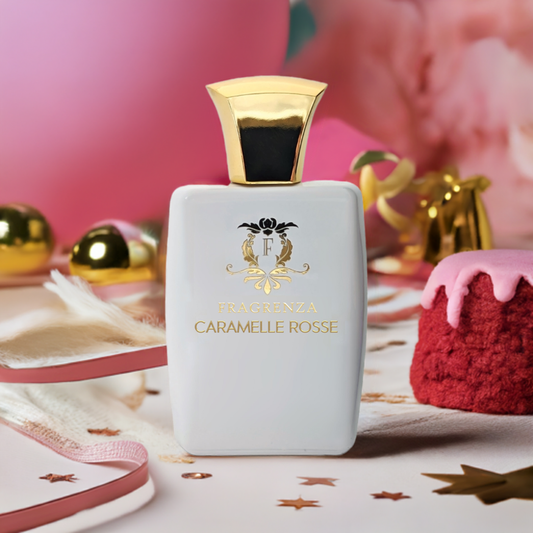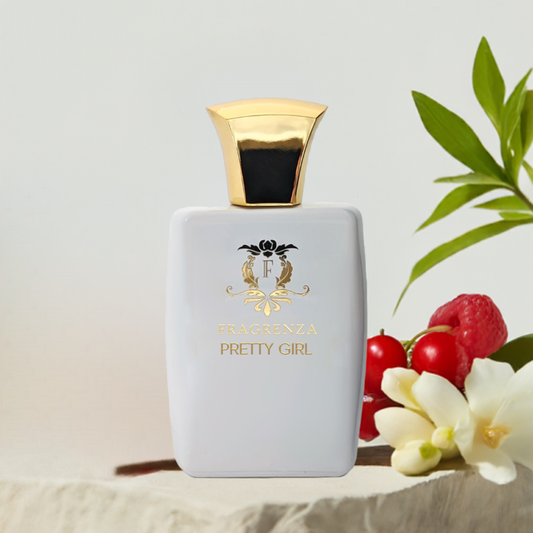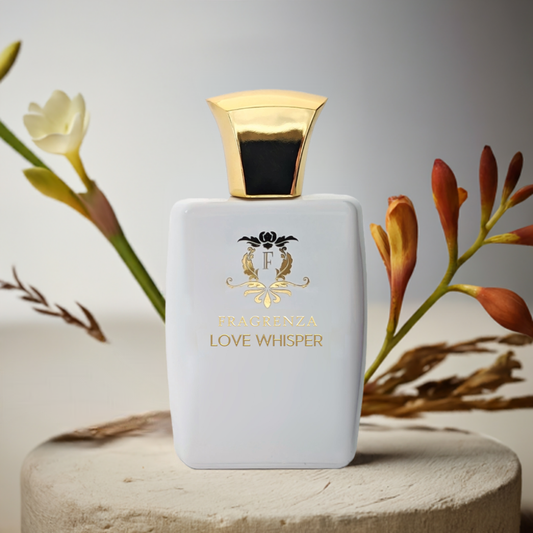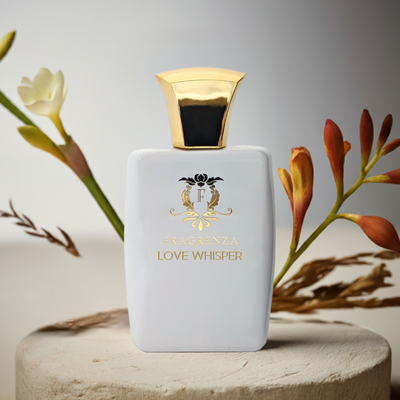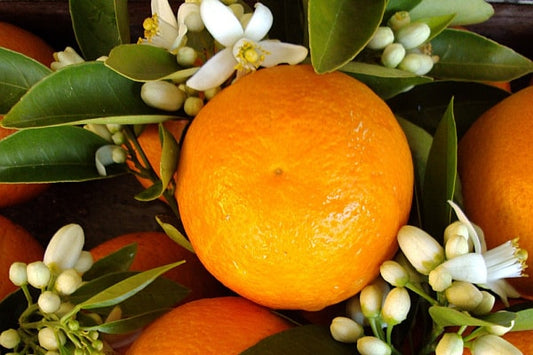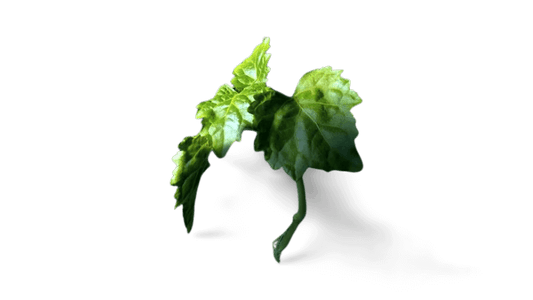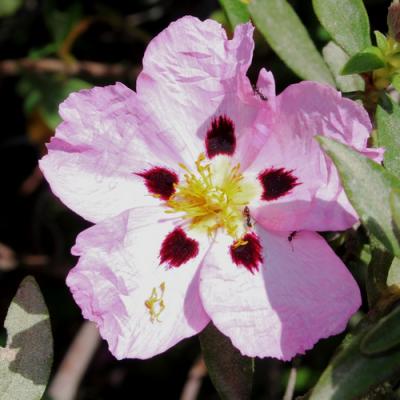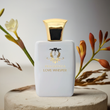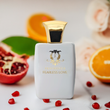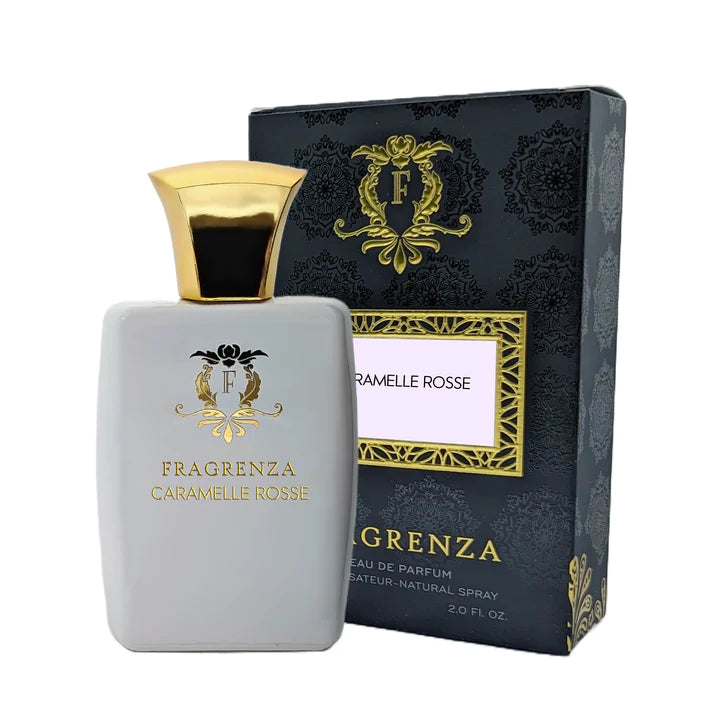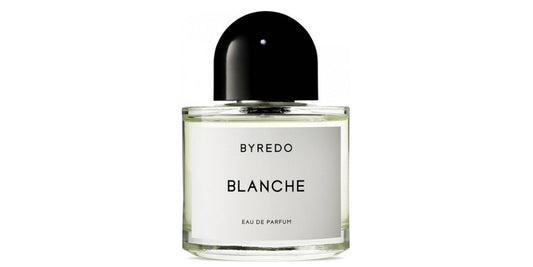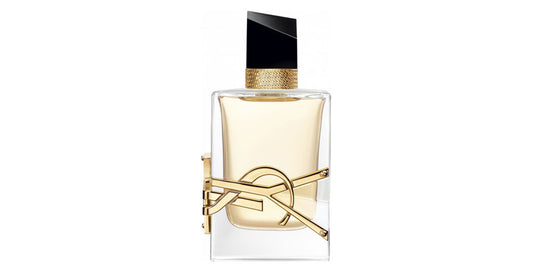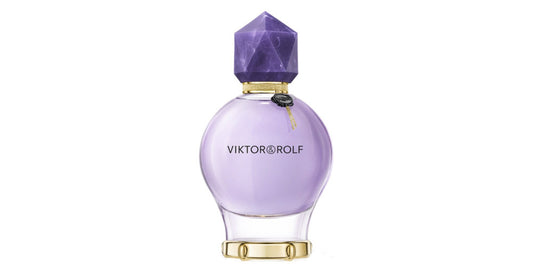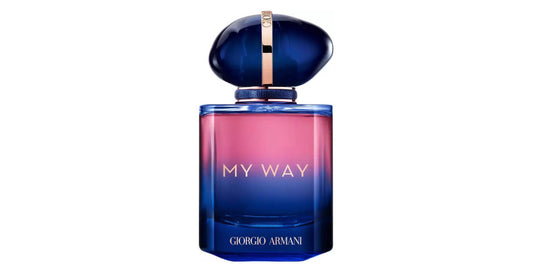Freesia in perfumery
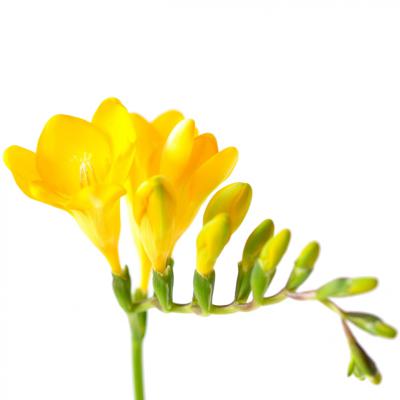
In This Article
The Exotic Charm of Freesia
Freesia, a bulbous plant originating from South Africa, particularly from the Cape Province, is cultivated for its intensely fragrant flowers and their vibrant, diverse colors. Belonging to the Iridaceae family, the plant was named by botanist Ecklon in 1866 in honor of German doctor Fresse. This herbaceous plant grows in early winter, forming a tuft of narrow leaves that are 10 to 30 cm long. Freesia flowers bloom in early spring, developing in clusters and unfolding into a spike with six petals. The petals can be white, yellow, or purple and emit an intoxicating scent similar to that of jasmine. Freesia is a drought-tolerant plant that thrives in Mediterranean climates. Gardeners often create various hybridizations to produce even more vibrant and luminous colors.
Freesia's Prominent Role in Perfumery
Beyond its striking appearance, freesia is highly valued by perfumers and is one of the most widely used flowers in perfumery. Its scent is both floral and luminous, reminiscent of jasmine or orange blossom while exhibiting smooth, almost fruity undertones. However, freesia's fragrance cannot be extracted directly and must be reproduced in laboratories using other raw materials or through the headspace technique. This method, developed in the 1970s, aims to recreate a flower's natural scent without causing damage.
Freesia is featured in both men's and women's perfumes. In men's fragrances, it can be found in iconic scents such as Acqua Di Gio by Armani, Allure pour Homme by Chanel, and Arabian Wood by Tom Ford. For women, freesia graces the compositions of Alaïa Paris by Azzedine Alaïa, Alien Acqua Chic by Thierry Mugler, and Ame Coquine by Chantal Thomass.
Fun Facts About Freesia
- Freesia's name is derived from the German doctor Friedrich Heinrich Theodor Freese, in whose honor the plant was named.
- Due to its alluring fragrance, freesia is a popular choice for wedding bouquets and floral arrangements.
- Freesia's funnel-shaped flowers grow on one side of the stem, causing it to curve gracefully, a feature that adds elegance to floral designs.
- As a symbol of friendship, trust, and innocence, freesia is often gifted to celebrate special occasions and milestones.
